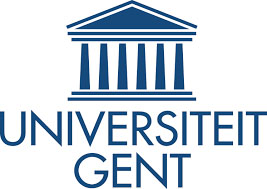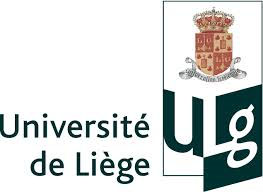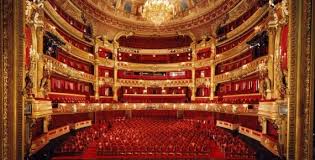
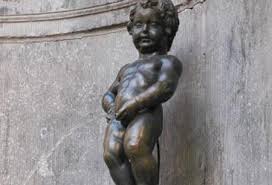
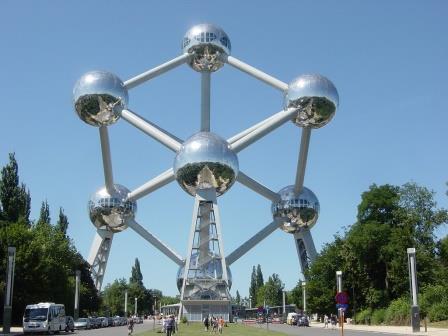
Apart from being the centre of European politics, Brussels has a fascinating and old history that dates back to the 11th century when it began as a small dukedom the size of the current downtown area. In 1830 Belgium became independent and Brussels became the capital of Belgium under a new king and parliament. Find out more about the interesting facts of Belgium through a mixture of facts, history, cultural traditions and political infrastructure.
Brussels region is made up of 19 separate communes; the City of Brussels is one of these communes has about 150,000 inhabitants and dates back to the original city built in the 13th century. Some fun facts about Brussels include the fact that on last count there are 249 butchers, 874 hairdressers and 647 pharmacies. This can be noticed almost immediately when you walk down the streets, you will see at least 1 hairdresser and 1 or 2 pharmacies, which are marked by giant neon green cross signs.
Brussels is a very cosmopolitan city so locals are used to encountering people from many different cultures and are usually open-minded and friendly. In order to behave appropriately and appreciate the differences of culture in Brussels, it pays to learn a few of the customs while travelling. These include such things as tipping, small talk, language and things you will see on the street.
Brussels Restaurants
One of the highlights of coming to Brussels is enjoying the wonderful food. The restaurants in Brussels have some of the best food in Europe. There are strong influences from French and Italian style food.
Belgian Food
There are a few dishes that are typically Belgian and you will frequently find these on the menu in Brussels. Other firm favourites are mussels and fries.
Belgian Beer
With over 400 varieties of Belgian beer, it is hard to escape them when you are in Brussels. Even those who do not drink beer will find something suitable for the palate amongst the varieties, especially fruit flavours such as peach and cherry.
Source and more info at: http://www.brussels.info/facts/
BRUSSELS ATTRACTIONS
Grand Place
The first place you will normally be taken to see in the city. A small but delicately sculpted 15th century town square erected over centuries to become this modern day representation of Brussels’ history. Almost all of the buildings have a historical significance and the Hotel de Ville (the Town Hall) is still used today! Located in Brussels city centre, just down from Brussels Centrale, this ancient market place is the starting point for tourists.
Peeing boy
Just a few narrow alleyways from the Grand Place, the Peeing Boy, or Mannekin Pis, as it is normally called by locals, is a fascinating little statue. Not only does it attract thousands of curious tourists every year to Brussels, local Brussels people celebrate many festivities with this bronze fountain. On last count there are over 700 costumes for this fellow for all events of the year and from countries around the world.
Palais de Justice
The Palace of Justice is a grand structure that stands at the top of Brussels looking down on the city; offering one of the best evening cityscapes of Brussels. This building still serves its original purpose as the high courts of Brussels. It has a distinctive golden dome and many columns decorating its façade, which faces onto the road, located at Place Poelaert near Avenue Louise shopping street.
Atomium
Just as Paris had warmed to the Eiffel Tower, Brussels admired its own temporary exhibition from a world fair – Atomium Brussels. The World Expo of 1958 left behind a gigantic structure that shone in the spring sun in the shape of an atom. It is a replica of an iron crystal enlarged 165 billion times. Sounds interesting? Then journey up into the Heysel area of Brussels to explore the Atomium which yields a spectacular view of the city as well as art and science exhibitions and a restaurant in its 9 spheres.
Opera House
The most famous opera house in Belgium is La Monnaie (the Mint). Along with many historical buildings in Brussels, this building has enjoyed a long history of construction, rebuilding and refurbishment. The current building is the third on the site and at one point it hosted the best of French theatre only second to the opera houses in Paris. Brussels opera is still highly active and the agenda is packed so admire the structure during the day but pay a visit to the theatre at night!
Monuments and Buildings
In Brussels, history meets modern day with monuments and buildings stretching all across the city to celebrate different eras. In the city centre there are the tributes to royalty, the Royal Palace which is no longer resident to the King but still stands and houses museums and churches. In the east side are the modern structures of the European Union. Each building and monument has its own unique story and historical significance.
